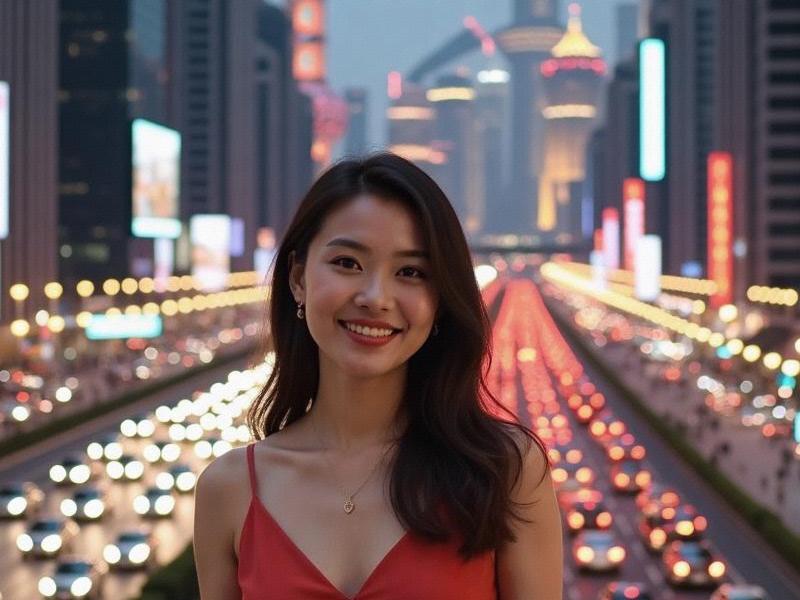
Part 1: The Architectural Dialogue
Shanghai's skyline tells a story of temporal harmony. The newly completed Cloud Clusters - a constellation of interconnected towers in Pudong - feature self-repairing nanocoatings and atmospheric water harvesters. Yet just across the Huangpu, the restored Art Deco buildings of the Bund now house "living museums" where holographic historians recount Shanghai's jazz age. Architectural critic Michael Chen observes: "This is the only city where walking 500 meters feels like time traveling a century."
Part 2: The Digital Silk Road
上海龙凤419手机 As headquarters of the Digital Silk Road Initiative, Shanghai has become the world's most connected city. The municipal quantum network now links 18 million devices with unhackable encryption, while the AI-powered "City Mind" coordinates everything from traffic flows to energy distribution. Surprisingly, this tech revolution has preserved human scale - neighborhood "digital teahouses" offer both high-speed connectivity and traditional tea ceremonies.
Part 3: The Green Metropolis
Shanghai's environmental transformation defies urban norms. The Vertical Forest Project has converted 200 skyscrapers into oxygen-producing towers, while the underground "Fungus Network" uses mycelium to process 85% of the city's organic waste. Most remarkably, the rewilded Huangpu River estuary now hosts migratory birds amidst floating solar farms. "We've proven ecology and megacities aren't mutually exclusive," says Chief Urban Ecologist Dr. Zhang.
上海品茶论坛 Part 4: The Living Heritage Experiment
The city's cultural preservation strategy breaks new ground. The "Memory Lane" project has digitally mapped every historic shikumen alleyway, while training AI to generate new architectural designs in traditional styles. At the Shanghai Opera revival center, holographic masters coach young performers in nearly-lost art forms. "We're not freezing culture in time," explains curator Li Wei, "but giving it new ways to evolve."
爱上海419 Part 5: The Human Algorithm
Shanghai's true genius lies in its social engineering. The "Harmony Index" algorithm helps balance neighborhood demographics, while the Global Talent Compass matches immigrants with ideal communities. The result? A city where third-generation Shanghainese share noodle shops with Nigerian tech entrepreneurs and French AI ethicists. As sociologist Prof. Nakamura notes: "This is the first true cosmopolitan civilization since Alexandria."
Conclusion: The Shanghai Standard
As cities worldwide struggle with climate change and social fragmentation, Shanghai offers a compelling alternative. By treating technology as culture's partner rather than replacement, and globalization as enrichment rather than threat, it has created what urban theorists now call "the Shanghai Standard" - the art of growing future-forward while remaining fundamentally human.
